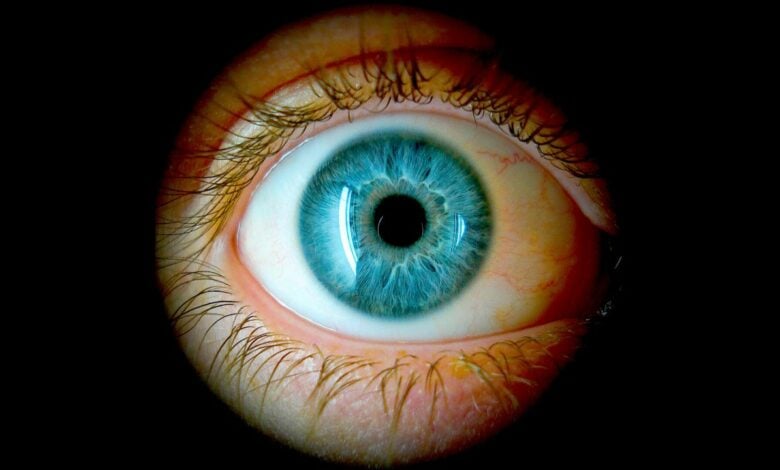Rising myopia in children linked to increased screen time, lack of outdoor activity

According to a new analysis published in the British Journal of Ophthalmology, one in three children are now short-sighted, with rates of myopia tripling between 1990 and 2023.
Researchers attribute this trend to increased screen time and reduced outdoor activities, particularly during the Covid-19 lockdowns. The study analyzed data from over five million children and teenagers across 50 countries.
Countries in East Asia, including Japan, South Korea, and China, report the highest levels of myopia, with more than 70% of children affected. In contrast, myopia rates remain low in regions like Paraguay and Uganda.
The condition, which typically develops during primary school years, has genetic and environmental factors. Early education starting at two years old in some Asian countries is linked to higher rates, as children spend more time focusing on screens and books.
Experts recommend children spend at least two hours outdoors daily, which can reduce the risk of developing myopia. Eye tests between the ages of seven and ten are also advised. Without intervention, it is estimated that by 2050, over half of the world’s teenagers could be short-sighted.





